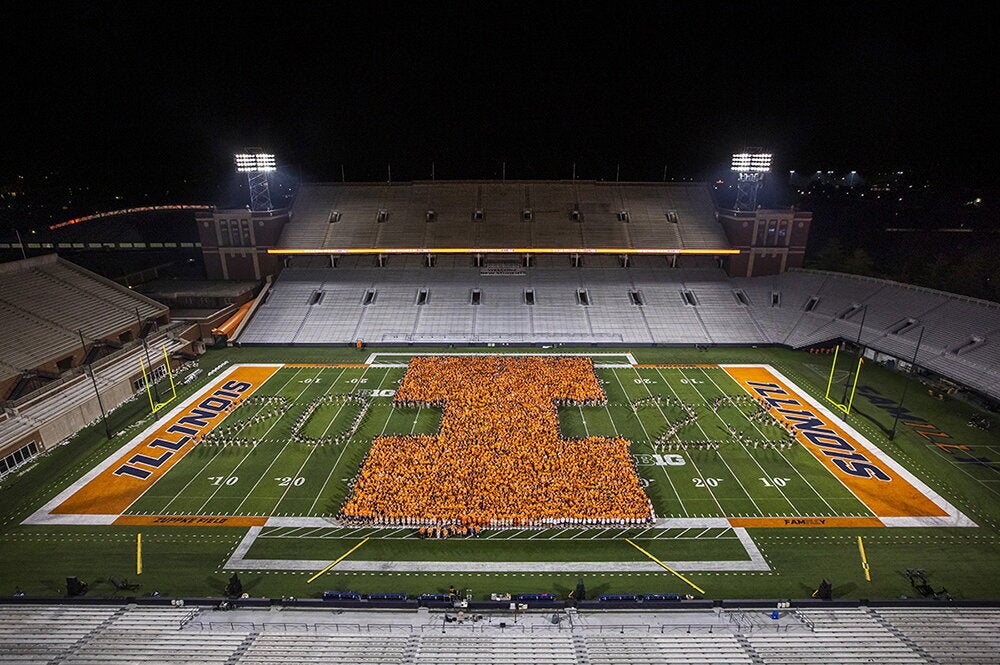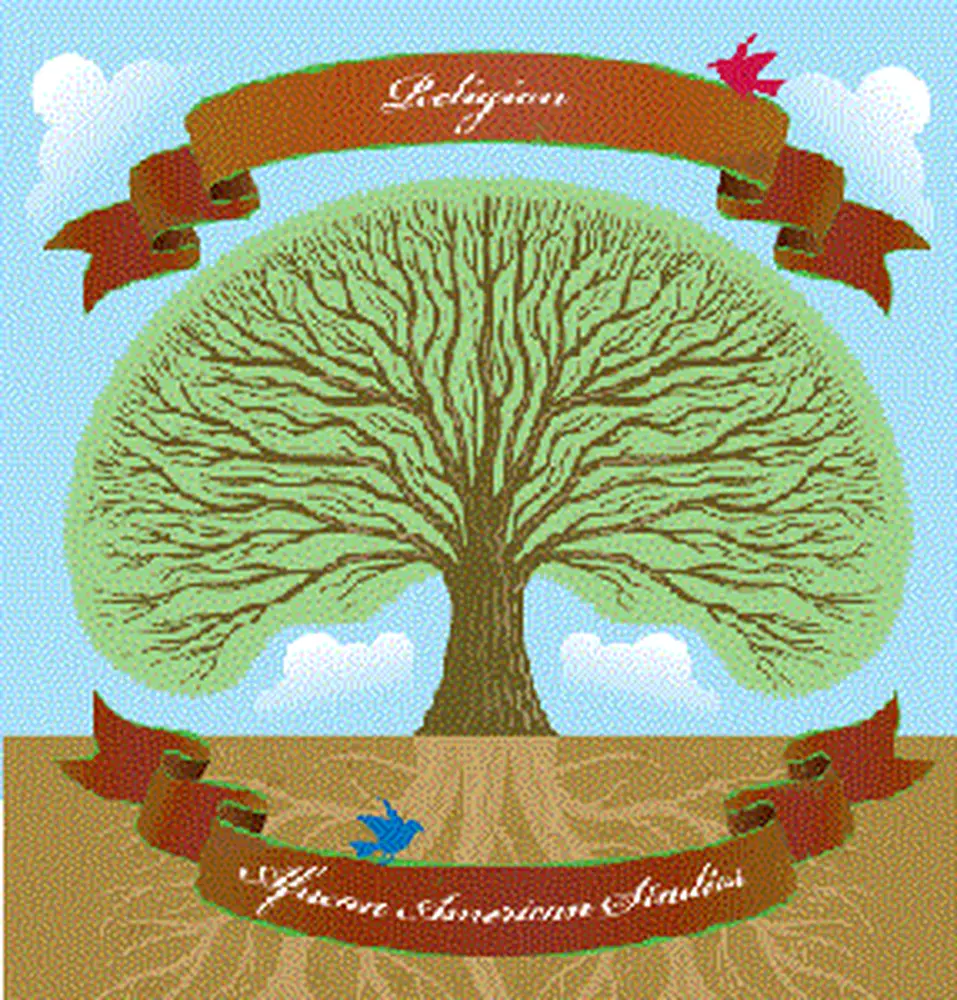
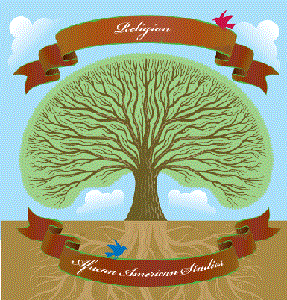
Two vibrant programs in the College of Liberal Arts and Sciences are enjoying the university equivalent of an 18th birthday this fall as they become academic departments.
Far from being newcomers, the promoted units—the Department of Religion and the Department of African American Studies—have long carried on much like a department, with related faculty organized under a director, and students able to major in religious studies, or minor in African American studies (they can major in the topic under the new status). Still, the step to department level is seen as a significant milestone. The departments were previously called the Program for the Study of Religion and the African American Studies and Research Program.
Karen Carney, associate dean of humanities and interdisciplinary programs at LAS, says the campus wants to recognize academic disciplines that they want to grow. The promotion to department status is a signal that the programs have "arrived," she says, though they've been well-established and respected for years.
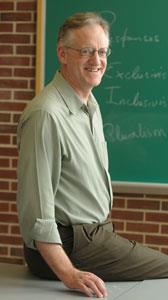
"It's important symbolically," Carney says. "They have operated like departments for some time. They've been able to hire faculty and review them and tenure them just like other departments do, and they offer courses. The difference is they've always been programs with directors, as opposed to departments with chairs or heads. I think that does signal a difference in the way that they're perceived."
Each department has come a long way. Formally established in 1973, the Program for the Study of Religion grew to include 13 faculty members before the conversion. About 3,000 students per year take the department's courses, and it issues about 30 undergraduate degrees per year. Professor Robert McKim, department head, says historically one of the largest obstacles for the department has been overcoming the false notion that it advocates one religion over another.
"There's a growing recognition and appreciation that there's all the difference in the world between advocating a religious perspective and teaching in a methodical way about the religious content of religions," McKim says.
He adds that the move to department means that they're "becoming legally what we were de facto." It's also a sign of a growing awareness of the topic's importance.
"Similar units are housed at many major universities across the country," McKim says. "That fact is not unconnected to the growing recognition of the role of religion in human affairs. And that role won't diminish."
The Department of African American Studies, now with 22 faculty members, traces its history back almost 40 years, when student protests led the University to form the Faculty-Student Commission on Afro-American Life and Culture, in 1969. In 1974 the unit acquired the title Afro-American Studies & Research Program, and it was named the African American Studies and Research Program in 2004.
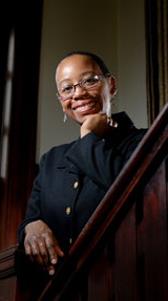
It was initially thought of as a fad that would go away, but it didn't," says Jennifer Hamer, acting director of the program."
Studies in the department clarify the black experience in America, Hamer says, and double-majoring in the topic would make students more competitive in the job market.
"We're a diverse nation. It's important to understand that, especially in social work and teaching," she says.
Abdul Alkalimat, professor of library and information science, has studied African American studies programs and disagrees with some media reports that the field is in decline. He says there are approximately 350 degree-granting African American studies programs at universities nationwide, and about two-thirds of those offer majors plus advanced degrees, and about a third of them are formal departments.
African American studies departments tend to be more common in public universities, he adds, as their budgets are more sensitive to public concerns. He has observed a trend toward enhancing African American studies, whether by making them departments or adding advanced degrees.
"This says to me that this university is aligning itself with the major public universities in the Big 10 as well as the country," Alkalimat says. "I think most flagship public universities have strong programs. Michigan State has a (doctoral) program, there's a big structure in Ann Arbor, now Indiana University has a (doctoral) program, there are several master's programs. It's important for Illinois to have a strong program."

